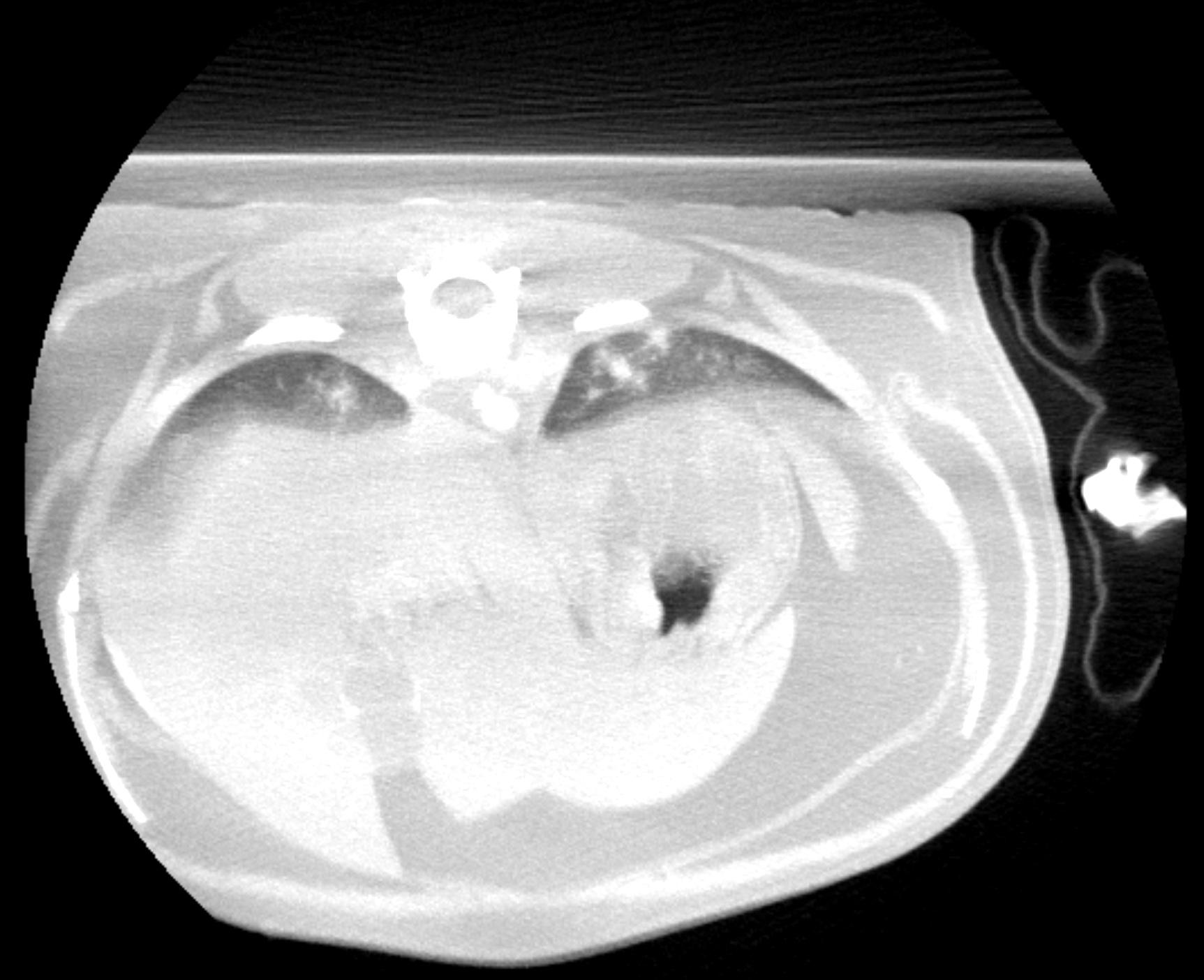This 10 year old MN feline was diagnosed with lymphoma at 2 years of age, was treated with chemotherapy and went into remission. In the last two weeks, a mass was found on right side of jaw. Cytology revealed salivary gland carcinoma. CBC, chemistry, urinalysis all NSF.
This 10 year old MN feline was diagnosed with lymphoma at 2 years of age, was treated with chemotherapy and went into remission. In the last two weeks, a mass was found on right side of jaw. Cytology revealed salivary gland carcinoma. CBC, chemistry, urinalysis all NSF.






